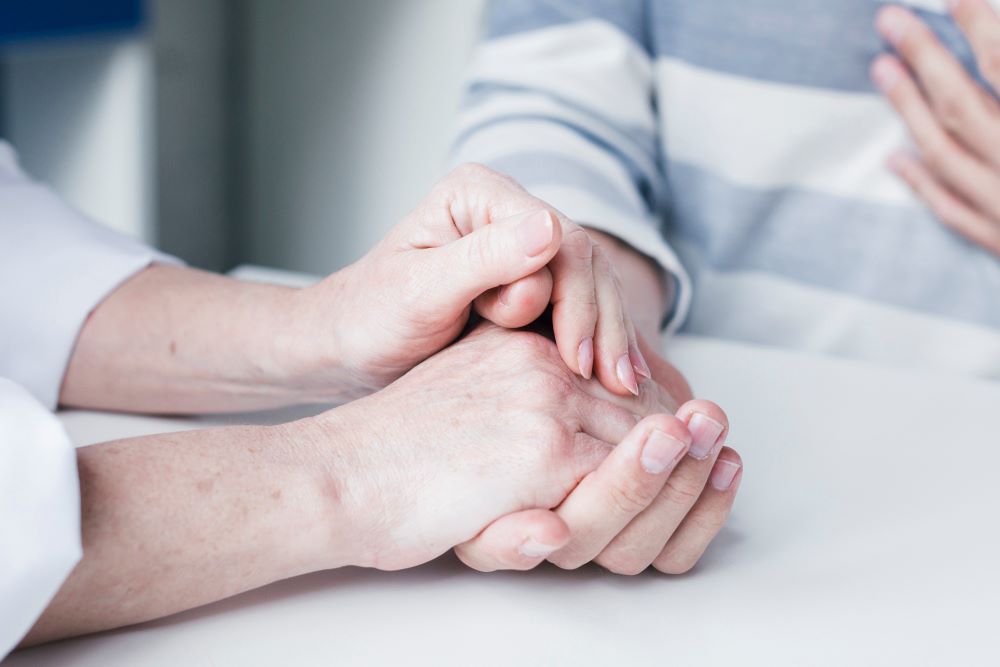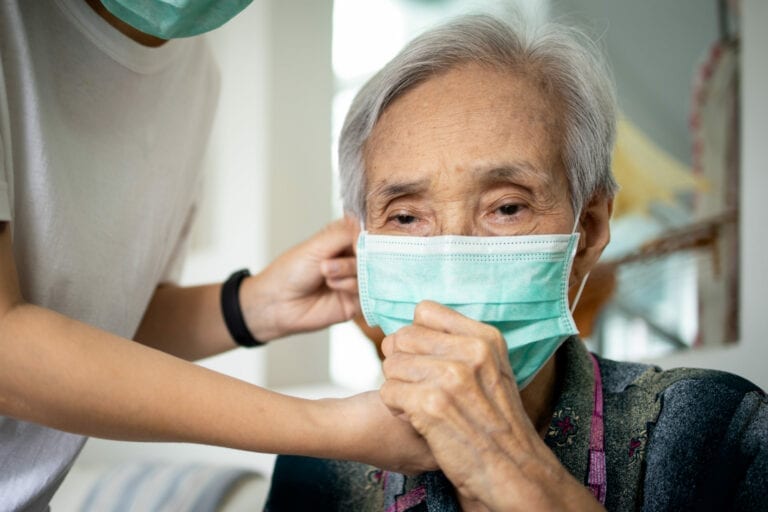Parkinson’s disease is a progressive neurological disorder that affects millions of people worldwide. It is characterized by the degeneration of dopamine-producing cells in the brain, leading to a range of physical and cognitive symptoms. Understanding the main symptoms of Parkinson’s disease is crucial for early detection, diagnosis, and effective management of the condition. In this article, we will delve into the key signs of Parkinson’s disease, their impact on daily life, and strategies for coping with them.
Table of Contents
- Main Symptoms of Parkinson’s Disease
- 1. Tremors: The Telltale Shake
- 2. Bradykinesia: Slowing Down Movements
- 3. Rigidity: Stiffness Takes Hold
- 4. Postural Instability: Balance Troubles
- 5. Gait Disturbances: The Shuffle
- 6. Freezing: Momentary Motionlessness
- 7. Micrographia: Tiny Handwriting
- 8. Speech and Swallowing Difficulties: Silent Struggles
- 9. Non-Motor Symptoms: Beyond Movement
- Managing the Symptoms of Parkinson’s Disease
- Conclusion
Main Symptoms of Parkinson’s Disease
Parkinson’s disease presents a variety of symptoms that can manifest differently in each individual. However, there are some primary symptoms that are commonly observed. It’s important to note that the severity and progression of these symptoms can vary from person to person.
7 Facts to Understand Parkinson’s Disease and Home Care Options
1. Tremors: The Telltale Shake
One of the hallmark symptoms of Parkinson’s disease is tremors, particularly at rest. These tremors typically begin in one hand and gradually spread to the other side of the body. Tremors may also occur in the legs, chin, or jaw. They are often described as a rhythmic shaking or twitching and can worsen with stress or fatigue.
2. Bradykinesia: Slowing Down Movements
Bradykinesia refers to the slowing down of movements and the loss of spontaneous motion. It can make simple tasks, such as buttoning a shirt or tying shoelaces, challenging and time-consuming. Individuals with Parkinson’s disease may also experience decreased facial expressions and a reduced blink rate.
3. Rigidity: Stiffness Takes Hold
Muscle rigidity is another common symptom of Parkinson’s disease. It causes stiffness and resistance in the limbs, making movement uncomfortable and sometimes painful. Rigidity can also affect the neck and trunk muscles, leading to poor posture and difficulty with balance.
4. Postural Instability: Balance Troubles
As Parkinson’s disease progresses, individuals may experience postural instability, making them more prone to falls. Maintaining balance becomes increasingly challenging, and the risk of injuries due to falls is elevated. Postural instability often occurs in later stages of the disease.
5. Gait Disturbances: The Shuffle
Parkinson’s disease can affect a person’s gait or walking pattern, resulting in a characteristic shuffling gait. The steps become shorter and the person leans forward, often losing the natural swinging motion of the arms. This altered gait pattern can lead to difficulties in maintaining balance and an increased risk of falls.
6. Freezing: Momentary Motionlessness
Freezing, also known as motor block, is a sudden inability to initiate movement or continue a rhythmic motion. It often occurs when changing direction or starting to walk. The feet feel glued to the ground, and individuals may describe it as if their feet are stuck or unable to move forward.
7. Micrographia: Tiny Handwriting
Micrographia refers to the progressive reduction in handwriting size. Individuals with Parkinson’s disease may experience difficulties in writing, as their handwriting becomes progressively smaller and more cramped over time. This can affect legibility and make writing tasks more challenging.
8. Speech and Swallowing Difficulties: Silent Struggles
Parkinson’s disease can also impact speech and swallowing functions. Speech may become softer, slower, and monotonous, making it harder for others to understand. Swallowing difficulties, known as dysphagia, can lead to problems with chewing and swallowing food, increasing the risk of aspiration pneumonia.
9. Non-Motor Symptoms: Beyond Movement
In addition to the primary motor symptoms, Parkinson’s disease can also cause a range of non-motor symptoms that significantly impact an individual’s quality of life. These may include:
- Depression and Anxiety: Many individuals with Parkinson’s disease experience mood disorders such as depression and anxiety. These can be attributed to both the physiological changes in the brain and the emotional impact of living with a chronic condition.
- Sleep Disorders: Parkinson’s disease can disrupt sleep patterns, leading to insomnia, restless legs syndrome, and excessive daytime sleepiness. Sleep disturbances can exacerbate other symptoms and contribute to overall fatigue.
- Cognitive Changes: Some individuals with Parkinson’s disease may experience cognitive changes, including problems with memory, attention, and executive function. These changes can affect daily activities and decision-making.
- Autonomic Dysfunction: Dysfunction of the autonomic nervous system can result in symptoms like orthostatic hypotension (low blood pressure upon standing), constipation, urinary problems, and excessive sweating.
Managing the Symptoms of Parkinson’s Disease
While there is currently no cure for Parkinson’s disease, there are various approaches to manage its symptoms and improve quality of life. Here are some strategies that can help:
Lifestyle Modifications:
- Regular Exercise: Engaging in regular exercise, such as walking, swimming, or cycling, can help improve mobility, balance, and overall physical well-being. Exercise also has positive effects on mood and can help manage depression and anxiety.
- Healthy Diet: A well-balanced diet rich in fruits, vegetables, whole grains, and lean proteins is important for overall health. Some studies suggest that a Mediterranean-style diet, which includes foods like olive oil, fish, and nuts, may have neuroprotective benefits.
- Adequate Sleep: Establishing good sleep hygiene practices and creating a comfortable sleep environment can promote better sleep quality and reduce fatigue.
Medications and Therapies:
- Levodopa: Levodopa is the most effective medication for managing Parkinson’s symptoms. It is converted into dopamine in the brain, replenishing the depleted levels. However, the long-term use of levodopa may be associated with motor fluctuations and dyskinesias.
- Dopamine Agonists: Dopamine agonists mimic the effects of dopamine in the brain. They are often used in combination with levodopa or as an alternative in the early stages of the disease.
- Physical Therapy: Physical therapy can help improve mobility, balance, and flexibility. It may include exercises, stretching, and techniques to manage specific symptoms.
- Speech and Swallowing Therapy: Speech therapy can provide techniques to improve speech clarity and swallowing function, enhancing overall communication and reducing the risk of aspiration.
Conclusion
Understanding the main symptoms of Parkinson’s disease is essential for early detection, proper diagnosis, and effective management of the condition. From tremors and bradykinesia to speech difficulties and cognitive changes, these symptoms can significantly impact an individual’s daily life. By implementing lifestyle modifications, exploring medication options, and utilizing therapies, individuals with Parkinson’s disease can better manage their symptoms and maintain a higher quality of life. With ongoing research and support, the hope for improved treatments and ultimately a cure for Parkinson’s disease continues to grow.







